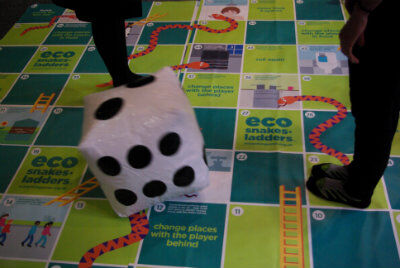

What is Gamification?
Do you know what gamification is exactly? A proper understanding of the concept is definitely necessary before adopting the practice. Put simply, gamification is the application of game-like elements to encourage a target audience into engaging in certain desired behaviors. It’s meant to be an added tool for a business and not its main function. The target audience in question can be current and prospective customers or employees. Whatever method or audience is chosen, gamification is aimed at taking advantage of people’s general affinity for games.
Do Your Business Goals Match Up With The Game?
Before developing a game for your gamification strategy, clearly define what your business goals are. Once you know what they are, determine if the game you’re proposing actually helps your company reach those goals. Games can be fun, but they can also be a waste of time for a business if they’re not made with an end goal already in mind. The player’s actions need to lead to both short-term and long-term goals while still being exciting. If you’re satisfied that everything matches up accordingly, gamification may be the correct route to choose.
Will The User Benefit?
People like to play games but only if they’re entertaining. They won’t go through repetitive acts if they don’t think they’re having fun or getting any benefit from it. In other words, if the game isn’t enjoyable, they won’t play it for long. Simply giving points and arbitrary rewards isn’t going to cut it. They have to feel like their objectives are empowering themselves and not some abstract corporate goal. Once they’ve reached an objective, players have to feel like they’ve accomplished something special for themselves. That’s why it’s so important to develop a game that meshes well with both the player’s enjoyment and overall business goals. If you feel confident your game can do that, then feel free to proceed.
Who Are Your Users?
Knowing your target audience goes beyond simple marketing techniques. If you’re going to have people playing your game, then you need to know what motivates them, what techniques they use when playing games, what they care about, their style of play, how they have fun, etc. By tapping into the users’ motivations, businesses will get a better idea of how to engage with them on a more emotional level. This type of understanding can also greatly affect the type of game you develop, such as choosing a solo game over a cooperative one, or one where people compete directly with each other. And as before, the game design must still tie into what your business wants to achieve in the long run.
Do You Have The Resources?
Implementing a gamification strategy may not be as simple as it looks. When the decision is made to develop a game for your business, it usually requires the investment of significant time and resources. Even once the game is out to the masses, it likely won’t be perfect and will require more time to polish out the bugs and problems while including new additions to keep players engaged. Storing each player’s information and statistics and keeping it updated in real-time also requires adequate data analytics storage space, which is made possible with flash array storage. Only businesses capable of handling this added workload should look into gamification.
If you’ve determined you have the resources and your vision matches up with your goals and potential users’ desires, gamification has proven to be an effective strategy for businesses of all sizes. It can work out for you as well, but it does take a committed approach to make it all go smoothly. With a little experimentation and patience, you’ll be sure to see good results as you connect with customers in new ways.
Image Source: Wikimedia